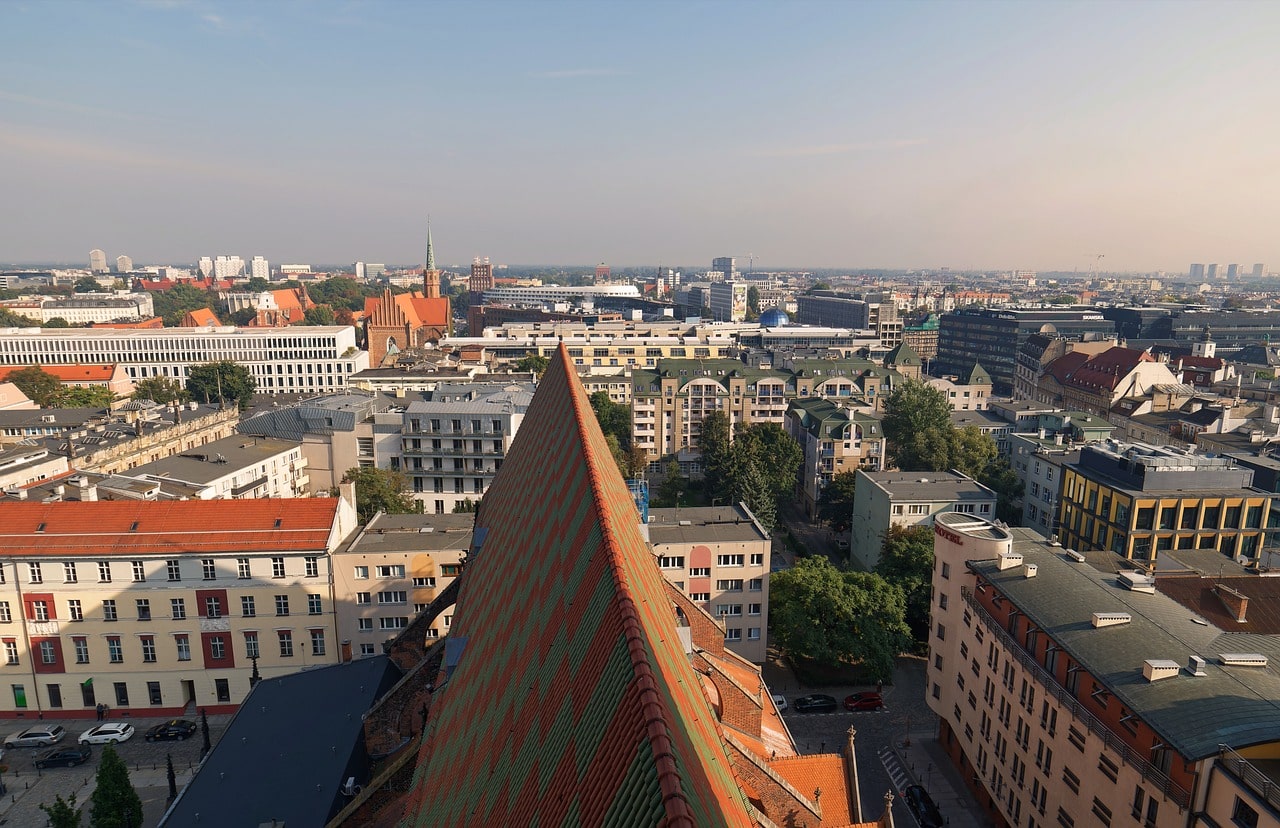The good news for buyers is that by the end of 2023, supply on the secondary market stopped dropping dramatically. The bad news is that the last months of the year were marked by further increases in apartment prices – such conclusions come from the summary of the fourth quarter, prepared by the Nieruchomosci-online.pl portal.
– In 2023, a major problem in the housing market was that rising demand collided with a falling number of ads. From April, the supply on the secondary market continued to shrink month by month, which was naturally one of the factors behind the increasing expectations of sellers. However, as our portal data shows, in the fourth quarter this trend finally began to change – says Rafał Bieńkowski from Nieruchomosci-online.pl.
Is this a harbinger of rebuilding supply?
From spring onwards, when the commencement of the Safe Loan 2% program was already determined, the supply of apartments on the secondary market began to fall at a rate of 5-6% month-on-month, a situation consistently maintained from month to month until September. Supply only stabilized in the last quarter of 2023, with monthly supply adjustments in October, November and December of only about one percent.
– Only the coming months will show whether we can first speak about “settling of supply”, and then about its reconstruction. Let’s not forget that the offer on the secondary market is still limited. In the fourth quarter of 2023, the number of advertisements was 24% lower than in the same period last year – adds Rafał Bieńkowski.
Why did supply begin to stabilize at the end of the year? One of the reasons was certainly lesser interest in second-hand apartments. Let’s recall that in the third quarter, demand was stimulated mainly by the starting mortgage subsidy program.
Limited margin for negotiation
In the fourth quarter last year, supply stabilized, but not prices. Data from the provincial cities indicate that average asking prices were almost everywhere higher than at the end of the third quarter of last year.
We are of course talking about apartment owners’ expectations, but as the moods of recent months have shown, the asking price has often been the transactional price later on, which resulted from a relatively small margin for negotiation.
The average offer rate for studio apartments increased the most during the quarter in the largest cities. In Warsaw and Krakow, it was about 10%, and in Wroclaw 7% quarter on quarter. In other regional capitals, fluctuations were smaller.
Prices increased by a quarter within a year
This is the next quarter in a row in which second-hand apartment prices have remained rising. Consequently, in some cities, this year’s increases were very large.
In the case of studio apartments, the largest increase in the average offer price was observed in Warsaw, Krakow, and Katowice – above 20% year on year. Wroclaw also saw a significant increase (almost 18% y/y). The smallest annual price fluctuations for studio apartments were visible in Bydgoszcz, Gorzów Wlkp., Olsztyn, and Rzeszów (up to 5% y/y).
In the segment of two-room apartments, Krakow is leading in price increases. In the capital of Małopolska, the average offer price per square meter has shot up by 23% during the year. Warsaw saw a slightly smaller increase of 21%. In most of the analysed cities, the annual change ranged from 10 to 17%. The most stable markets were during this time Zielona Góra, Bydgoszcz, and Olsztyn (5-7% y/y).
While in studio and two-room apartments in the provincial cities it was still possible to encounter annual increases of less than 10%, in the case of three-room apartments, such situations were almost non-existent (the only exception being Bydgoszcz with a 9% change). Except for Krakow (24% y/y) and Warsaw (almost 20% y/y), in all provincial capitals, average prices of second-hand apartments are currently several percent higher than a year ago.
